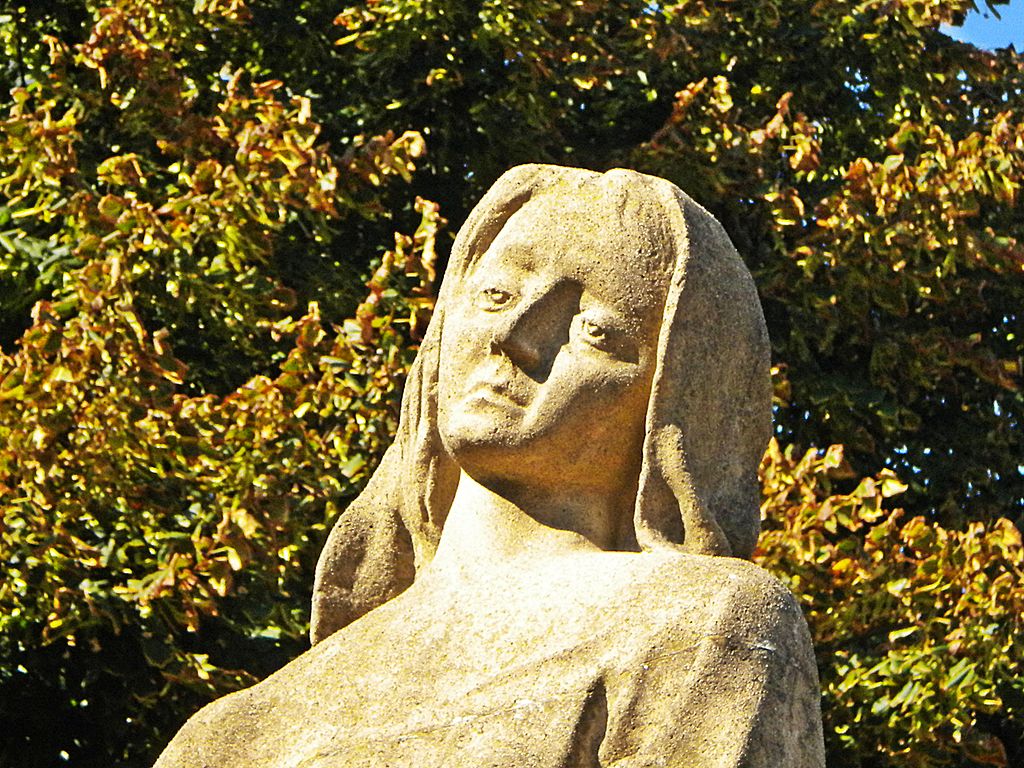Classics for the Working Class, the Women of the Italian Resistance, and the Problem with TikTok

Classics for the working class: In 19th-century Britain, the classics were associated with the upper class, and rightly so. It took time and money to study Homer and Aristotle. But there were working-class readers, too: “Working-class libraries and archives, the writings of autodidacts and the annals of adult education reveal a dynamic tradition of working-class access to the ancient Greeks and Romans, not only through language study but through translations and visual culture. Classical materials have been present in the identity construction and psychological experience of substantial groups of working-class Britons. Dissenting academies, Nonconformist Sunday schools and Methodist preacher-training initiatives all encouraged those who attended them to read widely in ancient history, ideas and rhetorical handbooks. Classical topics were included on the curricula of Mutual Improvement Societies, adult schools, Mechanics’ Institutes, university extension schemes, the Workers’ Educational Association, trade unions and the early Labour Colleges. These initiatives did much to counter the sluggish legislative response to workers’ demands for education: it was not until the Elementary Education Acts of 1870 and 1880 that even rudimentary instruction in literacy and numeracy, let alone access to classical culture, became universally and freely available to children under 13. But there had long been other ways to learn about the Greeks and Romans.”
Robert Graves believed he had discovered the source of all myth and wrote about it in The White Goddess. Is it worth reading? “To make short work of a long book, The White Goddess argues that humanity once worshipped a three-aspected moon goddess, but that in time immemorial, patriarchal revolutions the world over suppressed her. In a speech given a few years post-publication, Graves, never humble, characterized the ‘inspiration’ that descended upon him: ‘I seem to have stumbled on the central secret of neolithic and Bronze Age religious faith, which makes sense of many otherwise inexplicable myths and religious customs.’”
What has happened to Islam’s cities? “A spirit of openness and inquiry once characterised the great metropolises of the Muslim world. No longer.”
In Humanities, Erica Machulak writes about the effort to digitize Zaydi manuscripts—“a dynamic body of literature, theology, astronomy, legal sources, and other materials spanning a millennium.”
Remembering the women of the Italian resistance: “The story of the Italian resistance is one of the epics of 20th-century history: from September 1943 to April 1945, Italian partisans in the north fought a guerrilla war against German occupiers. Nazi troops had rushed south to occupy Italy when, after Mussolini’s arrest in July 1943, the new government declared that it was now siding with the allies, not the axis powers. The German reaction was ruthless: they killed 6,000 Italian soldiers of the Acqui division in the Cephalonia massacre and more than 1,000 men in sinking the Roma battleship. Nazi paratroopers rescued Mussolini from his mountain-top prison and installed him as a puppet head-of-state in the so-called Salò republic on the shores of Lake Garda. That meant the partisans weren’t only fighting a war of liberation against foreigners, but were one side of a brutal civil war between Italians: as the allies laboriously advanced from the south, the partisans – poorly armed, ill fed and often freezing in mountain hideouts – were taking on the die-hard followers of il Duce. Although it’s a well-known story, it has rarely – outside Italy – been told from the viewpoint of the women involved.”
Vinson Cunningham reviews a play on the life and work of Tina Turner: “Everybody knows, even before he shows up, that Ike is the villain in the Tina Turner story. On Broadway, under what looks like a thousand lights, in front of a crowd impatient to cheer, this makes him a chintzy Big Bad Wolf. Then, too, Watts, the poor actor tasked with this role, has an irremediably friendly face and funny aspect. From afar, he looks and moves a bit like Eddie Murphy, and, when I saw the show, he sometimes, at the most despicable moments, garnered what seemed to be accidental laughs. For the most part, the show is fun. The songs sound good, and nobody’s high opinion of Tina Turner will be negatively affected. Very much to the contrary, Warren’s performance, which sometimes veers happily into an outright concert, is a two-and-a-half-hour-long hosanna. But I couldn’t help hoping that, in the long run, Turner will be given her true due.”
Essay of the Day:
In Politico, Michael J. Socolow explains the problem with TikTok:
“Margaret Sullivan was having fun. The Washington Post media critic and former public editor of the New York Times collaborated in the production of a humorous musical video on TikTok earlier this month. ‘You hardened journos may think this is pointless,’ she tweeted, ‘but the street cred I now have with my 12-year-old twin goddaughters…’ A few days later, another Washington Post TikTok popped up, tweeted by Dave Jorgenson, the Post’s in-house TikTok expert. In it, happy newsroom faces flash by in a series of quick cuts, with the notable exception of a deadpan Marty Baron, the paper’s executive editor.
“Set to upbeat music, these quirky videos seem relatively harmless. They’re simple promotional vehicles, and they attract young TikTok-loving audiences. But America’s journalists, like America’s youth, are falling in love with the most effective medium ever introduced to extend Chinese media practices into the United States. Journalists should not be promoting a platform with a documented history of political censorship. Nor should journalists use TikTok as a news medium, because TikTok—unlike other attempts to extend authoritarian media globally, such as RT (Russia Today)—relies on its users’ ignorance of its origins and practices. How many teens, or journalists, are aware TikTok’s Chinese parent company, Bytedance, paid what was at the time the largest fine in Federal Trade Commission history for invading the privacy of underage users?”
Photo: Amasra
Receive Prufrock in your inbox every weekday morning. Subscribe here.
Comments